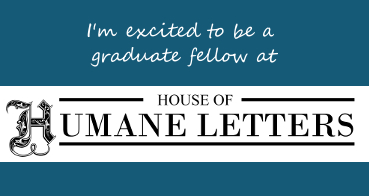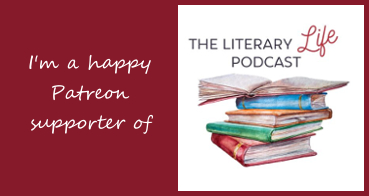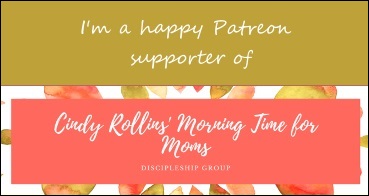Sometimes, perhaps most times, plain descriptive words cannot express an idea well enough, and so we use metaphor and images, or word pictures, to convey our thoughts. In my previous post, I shared how when my son was very young, he would often end a discussion with “…because look!”, showing how even then he knew that he had ideas in his head for which he didn’t have words, but he wanted to find a way for his hearers to see what he meant.
The Bible ends with a document we call The Revelation, but really that is what is happening from the first words in Genesis until those final words of The Revelation — a revealing, an unveiling, an apocalypse. Through the narrative from beginning to end, we are getting to see ‘behind the curtain’ to much of what we would have missed even had we been there ‘in the beginning’, or with Joshua at Jericho, or in Bethlehem circa the year 0, or at that Pentecost 33 years later, or with John on Patmos.
Literary critic and teacher, Northrop Frye, did a series of 25 lectures in the early 1980s at The University of Toronto titled The Bible and Literature, in which he shows, amongst many other things, the Bible’s use of narrative and metaphor and images, universal ideas that can be found in much of literature and other mythologies. In his book The Great Code, made from the lecture series, Professor Frye says:
Traditionally, the Bible’s narrative has been regarded as “literally” historical and its meaning as “literally” doctrinal or didactic; the present book takes myth and metaphor to be the true literal bases. (p. 64)
If the Bible is not a history, or a doctrinal or morality guide, what is it? I believe and have become convinced even more through listening to and reading Professor Frye that its purpose is to give us eyes to see. To see a reality that is beyond our physical world. To see a reality that is existing with us right now in this physical world. The Bible doesn’t argue. It shows.
From Professor Frye’s final words in the lecture series:
The Bible is not interested in arguing, because if you state a thesis of belief you have already stated its opposite; if you say, ‘I believe in God’, you have already suggested the possibility of not believing in him. …..
What I think it divides are the two elements of reality as they are exhibited in the New Testament, the elements that we call heaven and hell, the kingdom of life, the kingdom of death. It is that which is divided, and divided by an eternal separation. That means that the language of the Bible has to be a language which somehow bypasses argument and refutation. And again, it is very like the language of poetry, because, as Yeats says, you can refute Hegel but not the Song of Sixpence. You can’t argue the poetic statement because it is not a particular statement. It is not subject to verification. So that is why, I think, the Bible presents what it has to say within a narrative and within a body of concrete images which present a world for you to grasp, visualize and understand. The end that it leads you to is in seeing what it means rather than in accepting or rejecting it, because by accepting it you have already defined the possibility of rejecting it.
So the Bible uses the language of symbolism and imagery because the language of symbolism and imagery, which bypasses argument and aggressiveness and at the same time clearly defines the difference between life and death, between freedom and slavery, between happiness and misery, is in short the language of love, and according to St. Paul, that is likely to last longer than most other forms of human communication.
Many in the Christian world have reduced the Bible to a logic study, or a means to hone their debating or proving skills, often showing off their students that have been trained in ‘defending the faith’ with oratorical and rhetorical flair. They, sadly, miss the whole point. Ever hearing, but never understanding. Ever seeing (it is before their eyes), but never perceiving, never really seeing.







